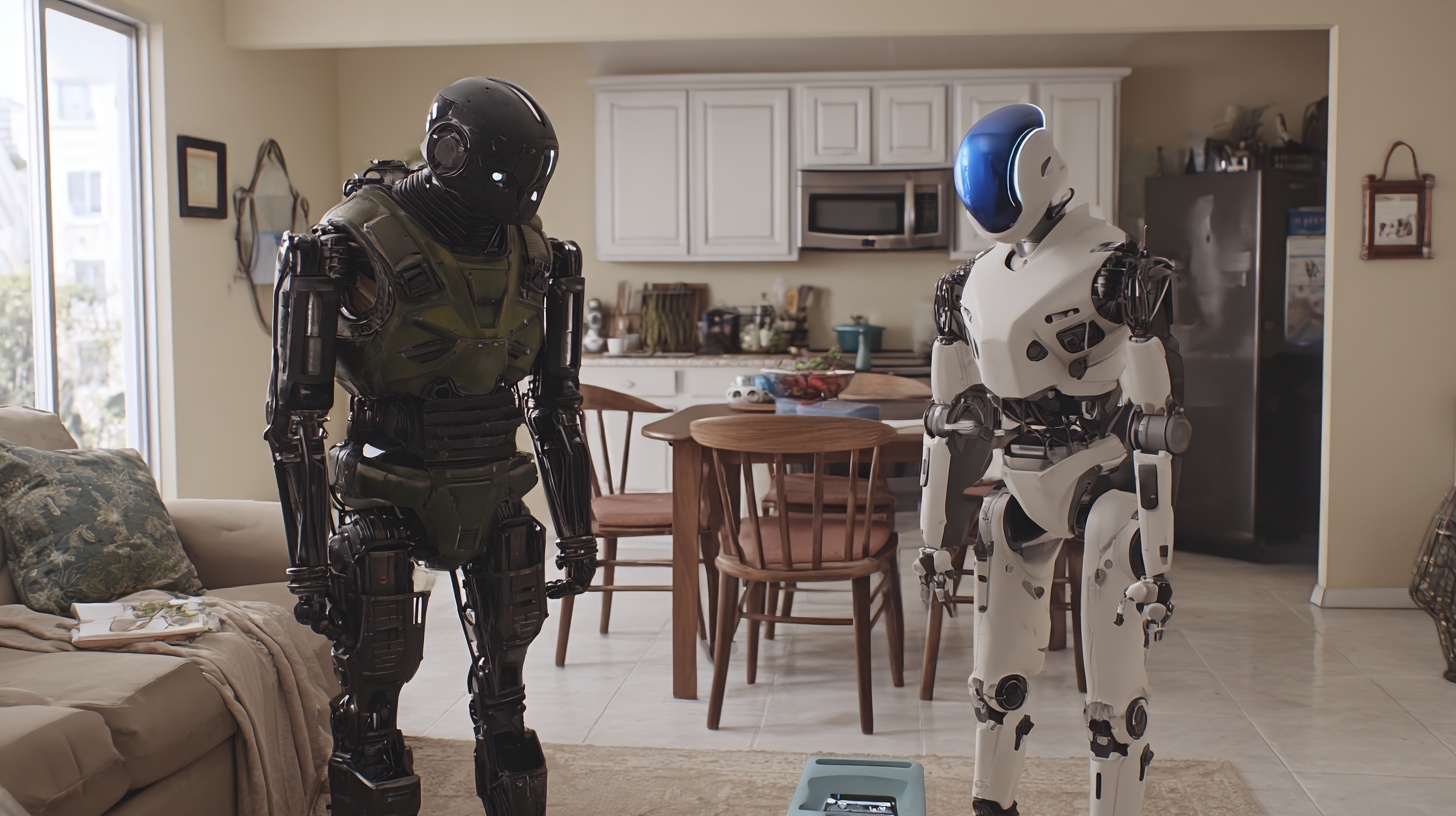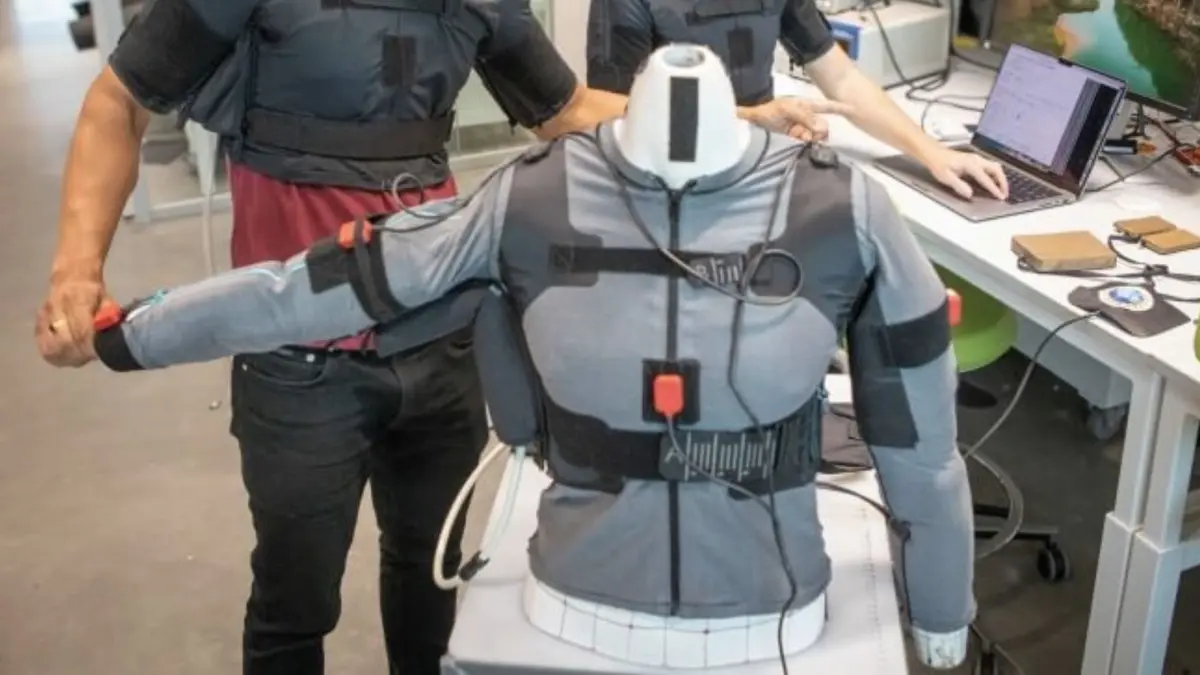By Futurist Thomas Frey
By 2040, the story of retail has flipped on its head. What many believed would be the death of physical stores turned out to be their rebirth. The rise of fully automated warehouses, with near-free delivery of commodities, didn’t end retail—it freed it. The soulless act of stocking shelves and shopping for basics gave way to something far richer: a retail landscape built around human connection, discovery, and experience.
Continue reading… “The Retail Resurrection: The Death of Warehouses Gave Birth to Experiential Commerce”












